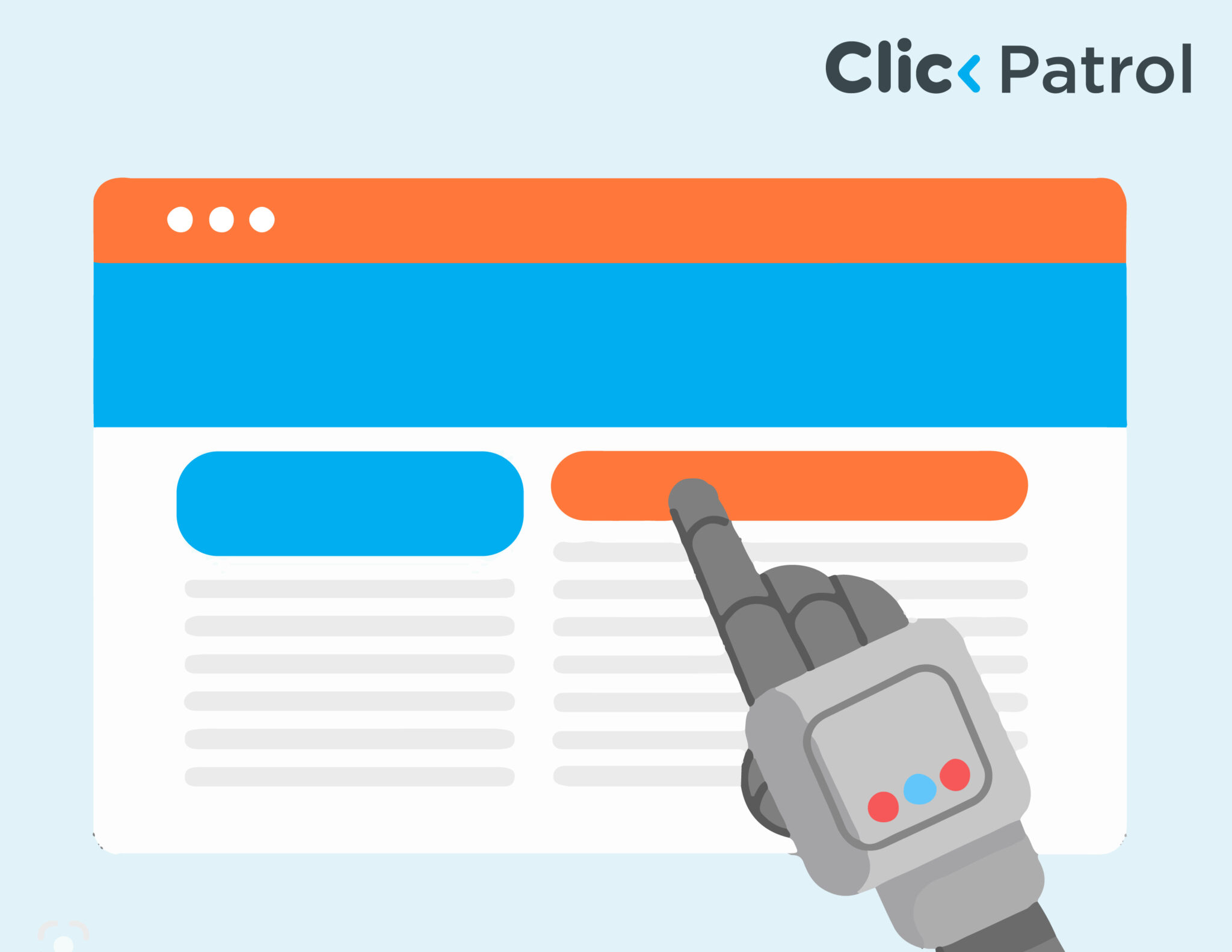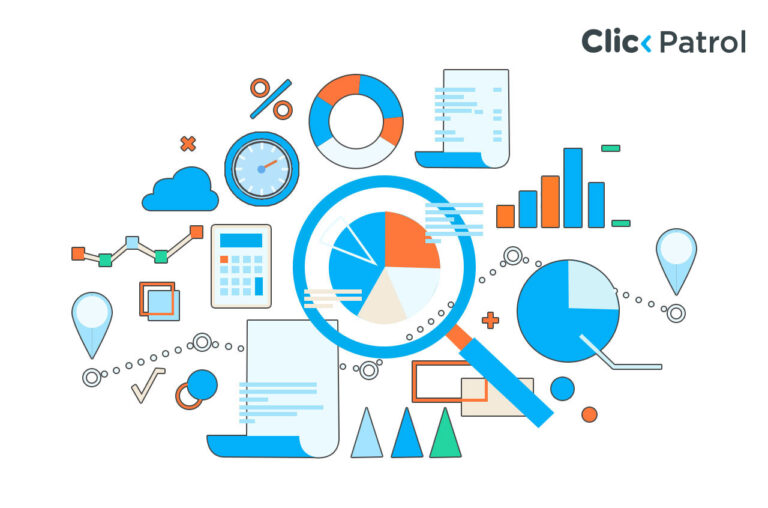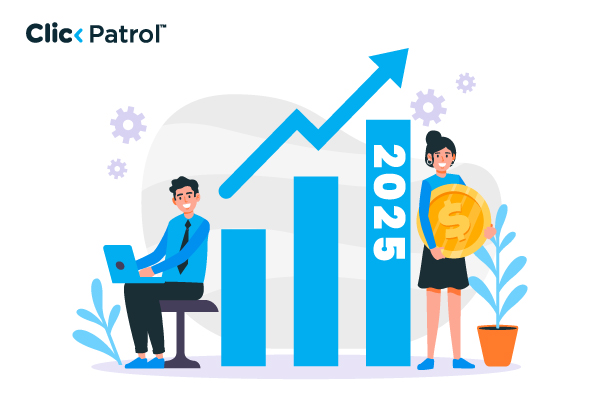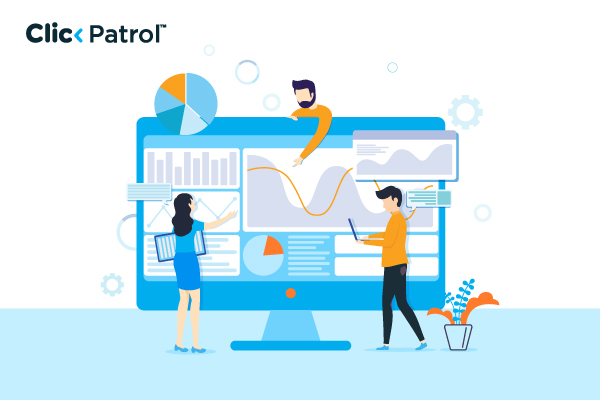According to Statista, up to 3% of Spotify’s global plays in 2023 are believed to be fake, resulting in millions of fraudulent streams daily.
Spotify bots: How they work, why they exist, and what it means for artists
Abisola Tanzako | Jul 10, 2025

Table of Contents
- Why artists and labels use Spotify bots to inflate streams
- Types of Spotify bots
- How bots operate
- The impact of Spotify bots on the music industry
- How Spotify detects and bans bots
- Statistics on Spotify bots and streaming fraud
- Consequences of Spotify bot usage: Legal, financial, and ethical
- Legal repercussions:
- Financial consequences:
- Ethical and reputational damage:
- Industry backlash and platform penalties:
- Alternative approaches to bots
- Potential solutions
- Shaping a fair future for music streaming
In 2025, Spotify estimates that over 8% of all streams are from artificial accounts or bots (Spotify Transparency Report). Spotify is a leading global music streaming platform where people enjoy music, podcasts, and audio, making it a target for fraudsters.
With 675 million monthly active users and 263 million paying subscribers, Spotify is the leading choice in the music streaming industry.
With Spotify bots, a script or tool can be set up to boost the streams, follower count, or placement on playlists of songs or artists. Forbes reported in 2018 that the music industry lost around $300 million annually to fake streams generated by bots; this figure is likely to have increased as the platform has grown.
Statista estimates that between 1% and 3% of all streams on Spotify in 2023 were suspected to be fraudulent. This article examines how Spotify bots operate, the reasons behind their use, and the implications for artists and platforms.
Why artists and labels use Spotify bots to inflate streams
The Spotify bot helps automate certain activities on the platform, such as streaming songs, adding songs to various playlists, or increasing an artist’s followers. They mimic how people act online to deceive Spotify into believing their success stems from real users.
Types of Spotify bots
- Streaming bots: These bots continuously play the same songs or albums to artificially inflate their stream numbers. Using many accounts and VPNs makes it more complicated for teams to locate them.
- Playlist bots help add songs to playlists curated by users and algorithmic systems, allowing others to discover the music.
- Follower bots increase an artist’s number of followers, making their popularity and fan base seem larger.
- Engagement bots: To mimic real user actions, they generate fake likes, shares, or comments.
How bots operate
Bots typically operate through:
- Multiple accounts: Thousands of fake accounts are created to give the impression that large crowds are present.
- Proxy servers and Virtual Private Networks (VPNs) make your IP address invisible, protecting you from being logged.
- Automation tools: Using prewritten scripts to add nonstop streaming or playlist content, all day and every day, on servers in the cloud.
- Bot farms: Companies managing thousands of accounts to create income with live streaming.
The impact of Spotify bots on the music industry
Spotify bots impact artists, listeners, and the platform in many ways.
- Financial implications for artists and labels: Spotify uses stream counts to determine royalty payments, at an average rate of $0.003 to $0.005 per stream, according to Forbes.
- Bots inflating views cause royalties to be misdirected, so artists who deserve the payments receive less than those who cheat.
- Distortion of charts and playlists: Release Radar and Discover Weekly, Spotify playlists, use streaming data to determine what music to play for you. Bots can play with these systems to ensure bad or meritless tracks get noticed.
- Impact on listener experience: Bots impact the overall listening experience by overwhelming playlists with fake songs. If the data used to create algorithmic playlists is modified, Spotify users may receive suggestions that do not align with their interests, potentially harming their satisfaction and trust in Spotify.
- Ethical and legal concerns: There are ethical concerns about whether bots are genuine in the music industry. Short-term fame may come to artists who use bots, but falsely building their image may damage their reputation if the truth is revealed.
How Spotify detects and bans bots
Spotify has identified and addressed bot activity since it can harm the platform’s integrity. They include making:
- Advanced detection algorithms: Spotify utilizes technology and data analysis to identify whether someone is streaming excessively from the same device or exhibiting unusual behavior.
- In 2023, Spotify shared that it had removed millions of fraudulent streams and disciplined accounts that used bots.
- Account verification and bans: The platform reviews unusual behavior and swiftly stops or bans members tied to automation. In particular, listeners are joining for streaming purposes, and artists are taking advantage of counterfeit plays.
- Collaboration with industry partners: In partnership with industry experts, Spotify identifies and addresses bot fraud. They plan to utilize shared data and insights to gain a deeper understanding of the streaming business.
- Legal action: Spotify has occasionally filed complaints against bot makers and those who sell fake streams to musicians seamlessly. The law establishes these lawsuits to prevent third-party companies from profiting from fraud.
Statistics on Spotify bots and streaming fraud
They include:
- Fraudulent streams: According to Statista, 1-3% of all Spotify’s global streams were considered fraudulent in 2023, meaning millions of plays were questionable on a daily basis.
- Financial losses: A 2018 Forbes report suggested that $300 million is lost each year to fake music streams, and the losses are likely greater now due to the higher volume of streaming.
- Detecting activity by bots: The platform, as shown in its 2023 transparency report, removed more than 100,000 songs from its service and penalized thousands of users who may have used bots to artificially boost streams.
- Market share: With a 31.7% share of music-streaming users, Spotify has become a significant target for bot users.
Consequences of Spotify bot usage: Legal, financial, and ethical
Using bots to inflate Spotify streams might seem like a shortcut to success, but the consequences are far-reaching and risky. Let’s break them down:
Legal repercussions:
Spotify’s terms of service prohibit artificial stream manipulation. Artists, marketers, or labels who engage in bot streaming risk account suspension, takedowns, and permanent bans.
On a broader scale, it can lead to lawsuits. For example, Spotify has sued companies that offer fake streaming services, making it clear that legal action is a real possibility.
Financial consequences:
Spotify may withhold or claw back royalties from bot-generated streams. This cuts into revenue and can also disqualify artists from algorithmic placements, such as editorial playlists or Discover Weekly, reducing their long-term earning potential and exposure.
Ethical and reputational damage:
Ethically, using bots undermines the integrity of the music industry. It misleads fans, investors, and even other artists. Once exposed, an artist’s reputation can suffer permanent harm, making it challenging to build authentic fan relationships or secure collaborations.
Industry backlash and platform penalties:
Spotify continually improves its detection of fraudulent activity. If caught, penalties range from takedown notices to shadowbanning, where your music becomes unsearchable or algorithmically invisible.
Alternative approaches to bots
Artists and marketers could expand their presence on the platform using fair, environmentally friendly tactics instead of bots.
- High-quality content: Good music and podcast episodes form the basis for organic growth on Spotify.
- Social media marketing: Posting your music on Instagram, TikTok, and YouTube can lead to real streaming numbers. 74 % of people use social media to discover brands and products, making it a significant way to promote music.
- Collaborations: Collaborating with a popular artist in the music industry can increase your music’s reach to a wider audience.
- Playlist pitching: Getting your tracks noticed by real playlist makers or Spotify editors is safer than bots.
- Fan engagement: Engaging the audience in person, through written news, and online discussions helps a business succeed over the years.
Potential solutions
- Blockchain technology: Experts believe that applying blockchain can help ensure that viewing records are honest and immutable, preventing bots from tampering with data.
- Stricter verification: When accounts are verified more carefully, the number of fake accounts operated by bots could be decreased.
- Industry-wide standards: By working together, streaming platforms, labels, and artists can establish industry-wide rules to prevent fraud.
- User education: Informing artists and listeners about bots can help prevent their use and encourage ethical promotion.
Shaping a fair future for music streaming
Spotify bots pose a significant threat to the music industry, as they create misleading statistics, support unfair actions, and reduce artist earnings.
Since almost 1-3% of all streams are considered fraudulent and millions of dollars are lost annually, platforms, artists, and regulatory bodies should be concerned about this issue.
Artists and marketers should focus on ethical tactics, such as creating high-quality content and utilizing natural methods, to ensure they have successful careers in the long run.
To ensure that streaming platforms remain honest and open for creators and listeners, collaboration and new ideas will always be essential as the industry continues to evolve.
Frequently Asked Questions
-
Is it easy for fake accounts to exist on Spotify?
-
What efforts is Spotify putting into dealing with bots?
False-Positives Built uses machine learning to identify fraudulent streams, remove them, and ban accounts associated with bot activity.
In 2023, streaming services reportedly removed more than 100,000 songs related to fraud.






